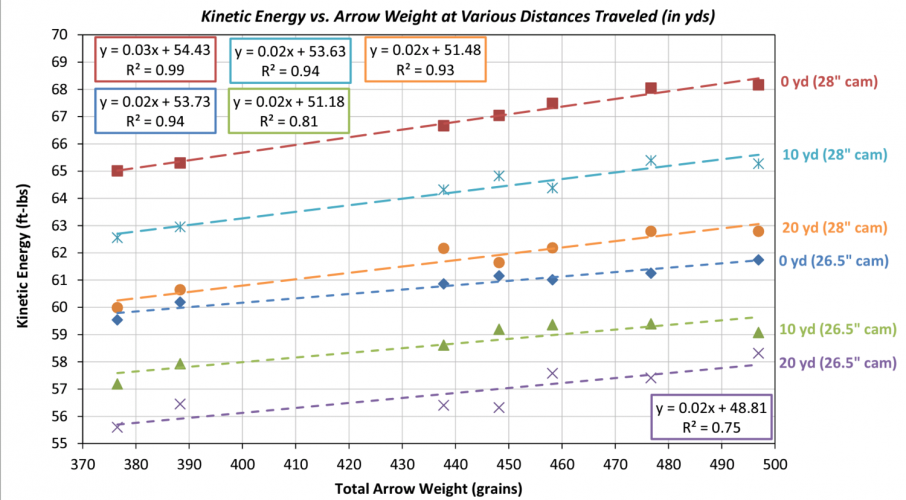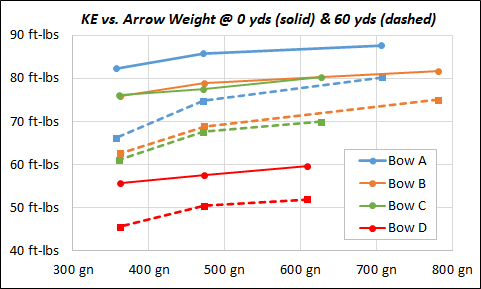Mighty Mouse
Active member
- Joined
- Feb 16, 2022
- Messages
- 114
I've been shooting 150 gr right bevel Cutthroats (original version, not S7 steel version) for the past couple years. They fly well for me and have performed well on the small sample of animals I've shot with them (cow elk with a compound and whitetail doe with a recurve).What do you know about cutthroats?







